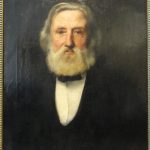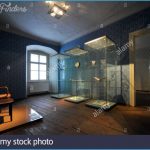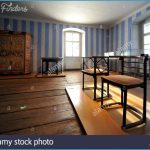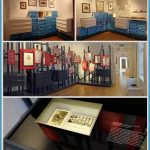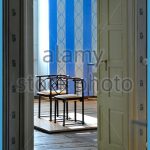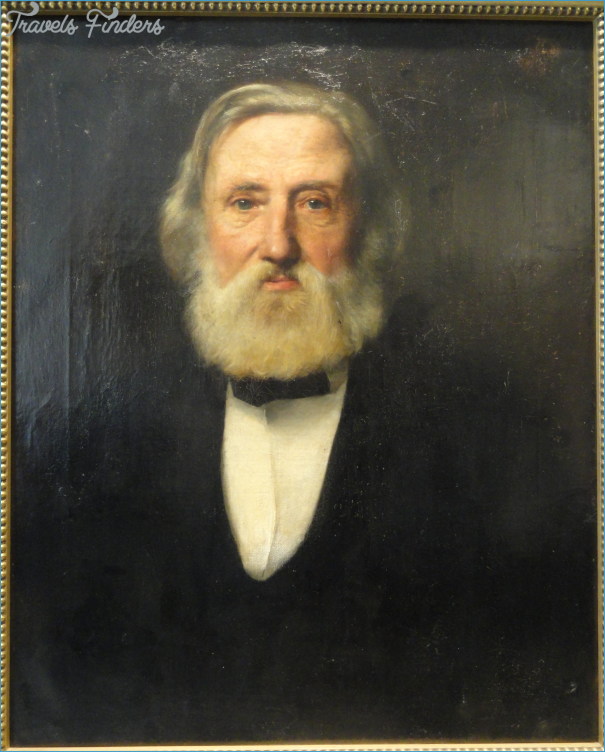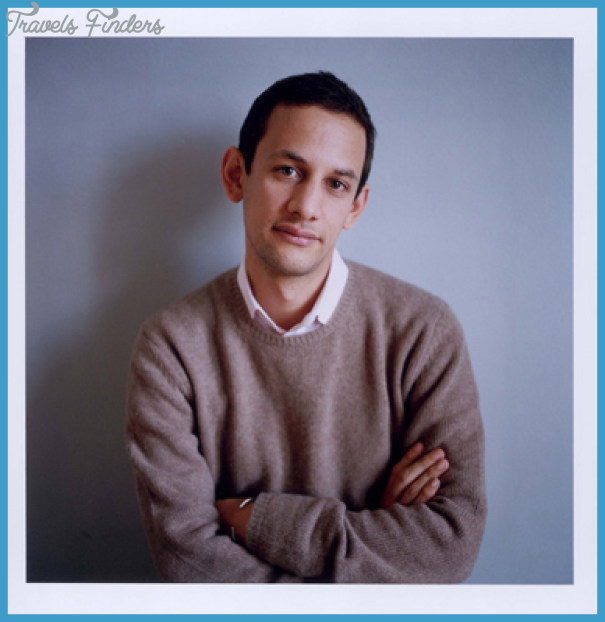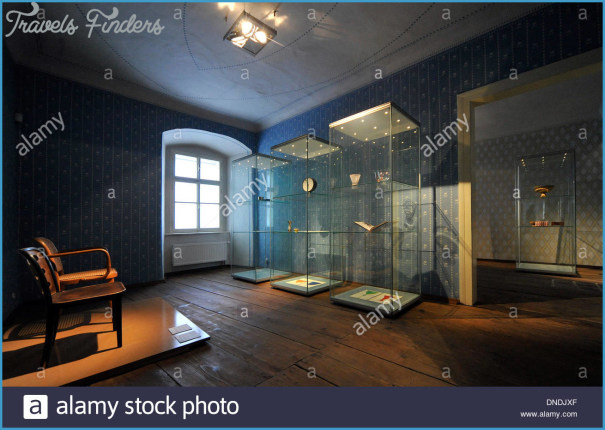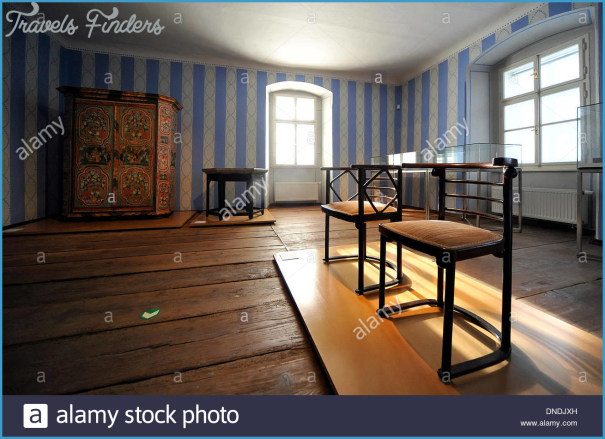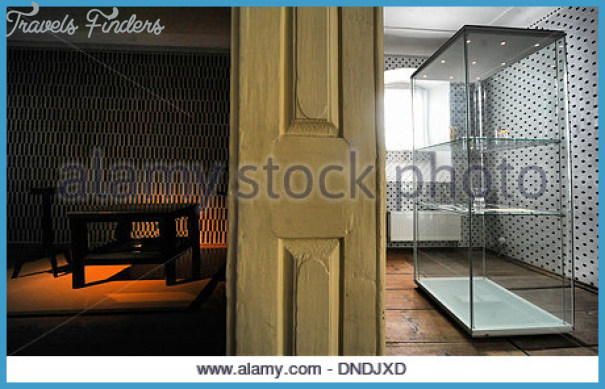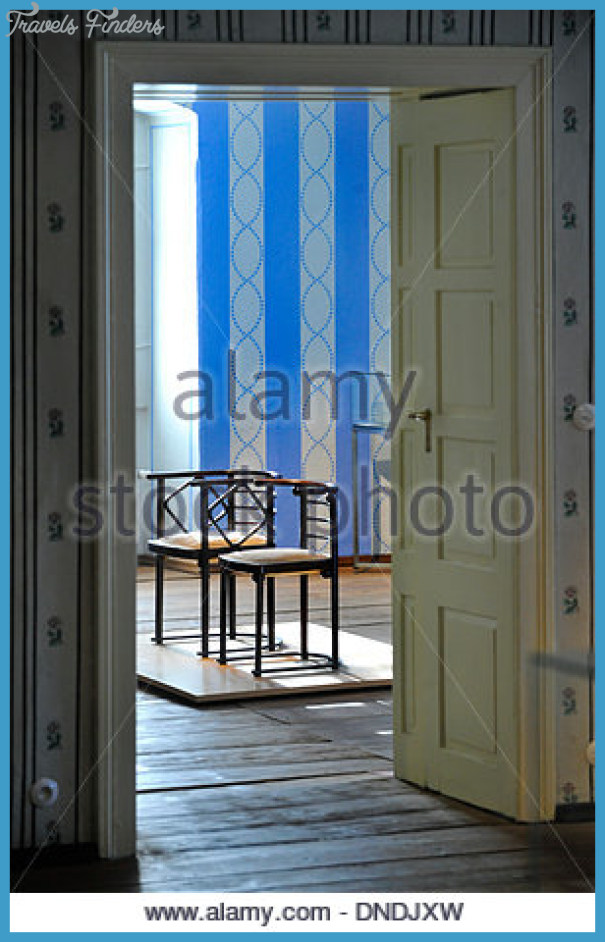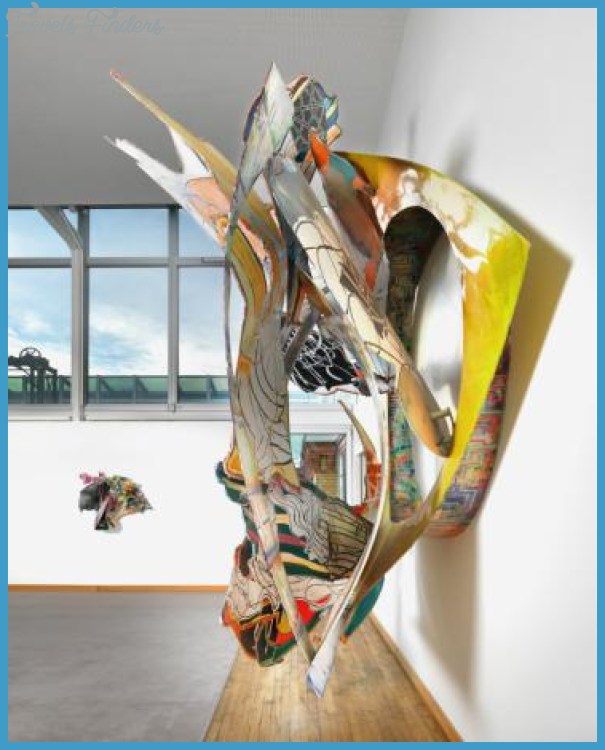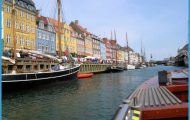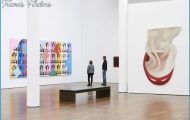HOFFMANN MUSEUM
If there is any composer whose commemoration demands imaginative treatment, it is surely E.T.A. Hoffmann. Hoffmann, poet, teller of tales, critic, illustrator and lawyer as well as composer, moved around a good deal in the course of his brief and rather turbulent career – he was born in Konigsberg in 1776, died in Berlin in 1822 – and he spent a crucial four years in the north Bavarian city of Bamberg. He was not particularly popular there, because of his heavy drinking (and his illicit passion for a girl pupil), but it was in Bamberg that he embarked on his finest opera, Undine, created the mad Kapellmeister Kreisler and wrote his famous, visionary essays on works by Mozart and Beethoven.
At Bamberg, he lived on the upper floors and the attic room of a tall, narrow house in what is now the Schillerplatz, opposite the theatre that today bears his name. In 1923 the attic room was dedicated to Hoffmann’s memory by the Gesellschaft der Freunde E.T.A. Hoffmanns; in the following year the memorial was extended downwards by one floor and in 1930 a museum was formally established.
HOFFMANN MUSEUM Photo Gallery
The Hoffmann-Haus, Bamberg situdes in the war years and later, the house, until then privately owned, was acquired by the city in 1980 and put in the care of the E.T.A. Hoffmann-Gesellschaft, who began a thoroughgoing renewal of the museum under the direction of the head of the Bamberg Staatsbibliothek (a major source of Hoffmann material), completed in 2003. You enter the house to see a curious aggregation of what seem like half-illusory, fleeting images, a dimly lit, deep blue Spiegelkabinett’, with a series of portraits of the man inscribed on glass and mirrors – some of them broken, reflecting a favourite motif in Hoffmann’s own work (add to that: the house was long owned by the Spiegel family). At the rear are displays of his handwriting, literary and musical, and the winged chair and small table at which he worked; beyond is a magic garden’, planned to catch more Hoffmannesque imagery. The official entry to the museum is on the first floor, where there are cases with manuscripts of his literary works, listening-rooms and a bookstall.
Part of the second floor is devoted to his theatrical life – a miniature box in a theatre, where images of Undine are shown, and at the front of the house a large octagonal box portraying the Hoffmann character, Meister Floh, who can perceive what people are thinking: on the outside you read what they are saying, then you peer through an eyepiece and learn their true thoughts. A top hat perches above. At the rear there is space for changing exhibitions. The front of the top floor represents Hoffmann’s personal space – his Poetenstubchen, the poet’s little room, with his bed in an alcove, a little spinet, and a bust, all shaded blue by window covers. Behind it is a room devoted to Hoffmann the composer and musician, with illustrations of manuscripts, excerpts from his critical writings, posters. Everything in this imaginatively conceived museum reflects some facet of Hoffmann’s inventive and engaging personality.

